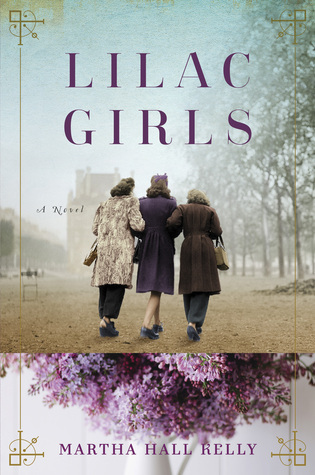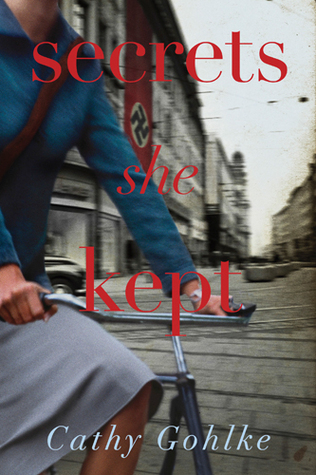
Lilac Girls
Book Description
Three extraordinary women’s lives collide against the brutal backdrop of World War II. Caroline, a New York socialite, devotes herself to charity work, unaware of the darkness engulfing Europe. Kasia, a courageous Polish teenager, endures the harrowing nightmare of a concentration camp. Herta, an ambitious German doctor, grapples with moral dilemmas as she carries out her chilling experiments. As their fates intertwine, loyalty and betrayal take center stage, testing the limits of compassion amidst unimaginable horror. Can the indomitable spirits of these women shine through the darkest times, or will their struggles go unheard? What choices will define their paths in a world torn apart?
Quick Book Summary
"Lilac Girls" by Martha Hall Kelly is a historical novel inspired by actual events and real-life heroines whose lives became intertwined during World War II. The story alternates between three remarkable women: Caroline Ferriday, an American socialite dedicated to helping French orphans; Kasia Kuzmerick, a Polish teenager swept into the horrors of Nazi occupation and concentration camps; and Herta Oberheuser, an ambitious German doctor at Ravensbrück, the only all-female Nazi camp. As the war unfolds, these women face impossible choices and devastating consequences, ultimately connecting in the aftermath of conflict. Their journeys explore resilience, morality, and how compassion can change the course of even the darkest histories. Through loss, courage, and hope, the novel illuminates unsung stories of survival and redemption.
Summary of Key Ideas
Table of Contents
Women’s resilience in the face of war
The novel immerses readers in the turbulent era of World War II through the intersecting stories of Caroline, Kasia, and Herta. Caroline Ferriday leads a comfortable life in New York, channeling her energy into helping French orphans and championing charitable causes. Her awareness of the situation in Europe intensifies as she learns about the plight of women imprisoned at Ravensbrück, a Nazi concentration camp. Determined to help, Caroline rallies support and resources, seeking justice for those wronged by the war and its aftermath.
Moral choices and complicity
Kasia Kuzmerick, a teenage girl in Poland, witnesses her peaceful existence shattered when Germany invades. Active in the Polish resistance, Kasia’s courage leads her to espionage, but she is eventually captured and sent to Ravensbrück. There, she becomes one of the “Rabbits”—young women subjected to brutal medical experimentation. The harrowing conditions she endures challenge her spirit, but Kasia’s resilience and bonds with fellow prisoners help her survive unimaginable horrors, fueling her drive for justice and healing.
Impact of trauma and hope for healing
Herta Oberheuser, a young German doctor with zeal for her profession, is recruited to serve at Ravensbrück. Initially lured by career advancement, she soon finds herself complicit in heinous medical experiments furthering Nazi ideology. Herta’s internal conflict over her actions illuminates the complex morality faced by those operating within oppressive regimes. Her perspective provides a chilling glimpse into the psychological rationalizations that enable cruelty and the personal cost of dehumanization.
Interconnections and solidarity across borders
As the war ends, the fates of the three women converge through trials, letters, and postwar reconnection. Caroline orchestrates transatlantic missions to bring some of the surviving “Rabbits” to America for reconstructive surgery and care, where she meets Kasia. Their interaction helps both women confront the trauma of the past and pursue healing. Herta, meanwhile, is held to account at the Nuremberg Doctors’ Trial, raising enduring questions about justice, redemption, and the nature of evil.
Historical truth and silenced voices
"Lilac Girls" ultimately spotlights the enduring strength found in female friendship and solidarity across borders. The novel shines a light on untold historical truths and the power of compassion in the face of atrocity. Through its multidimensional characters and their interwoven fates, the book underscores the importance of remembering silenced voices, understanding the depths of suffering and resilience, and fostering hope and justice in a fractured world.
Download This Summary
Get a free PDF of this summary instantly — no email required.





